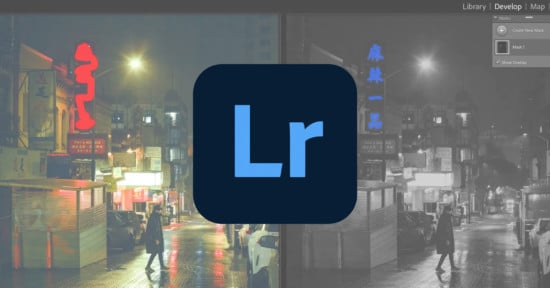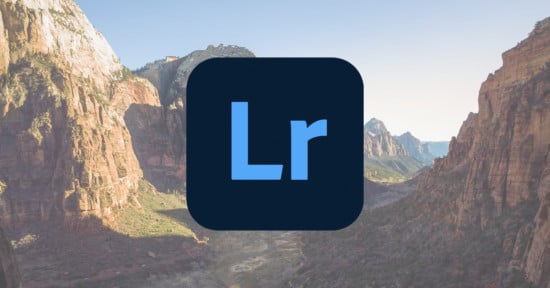Adobe’s New Adaptive Profile Uses AI to Non-Destructively Improve Photos in One Click
As mentioned in PetaPixel‘s coverage of the Photoshop updates, Adobe introduced a new profile in Adobe Camera Raw (ACR) and Lightroom called Adobe Adaptive. Unlike existing profiles, like Adobe Color or Adobe Landscape, the new Adobe Adaptive profile is image-dependent thanks to artificial intelligence (AI).
A sophisticated AI model analyzes a user’s photo and adjusts the tones and colors to “make them look just right.” As Adobe describes it, the effect is “as if the AI had changed Exposure, Shadows, Highlights, Color Mixer, Curves, and other controls for you, although the actual controls stay in their neutral position.”
Adobe’s engineers crafted this new profile in collaboration with professional photographers. The underlying AI model has been trained on thousands of hand-edited photos of a diverse range of subjects shot in many different types of lighting. A team of photographers reviewed the edited photos to ensure a consistent style that looks “appealing” and “natural.”
The new profile often subtly lightens subjects, especially if they’re in the foreground or shadows, and locally adjusts the contrast to make the interesting parts of photos stand out more. Adobe believes that for many photos, simply using the Adobe Adaptive profile will be enough to make them ready for sharing or publishing. Of course, the photographer may want to do additional editing, and they can use the existing editing tools, sliders, and masks as they see fit.
The Adobe Adaptive profile works with both SDR and HDR images. However, special attention has been given to HDR images to ensure they feature intense blacks and bright highlights to take advantage of an expanded dynamic range. The AI built into the profile optimizes separate HDR and SDR looks for each image.
Adobe Adaptive works with RAW files from any camera supported by Camera Raw, including nearly every digital camera and smartphone. The profile is unavailable for non-RAW image formats, including JPEG and TIFF.
Like other adjustments made in Lightroom and Camera Raw, the Adobe Adaptive profile, which includes global and local adjustments, is non-destructive. However, unlike a typical edit, the changes resulting from Adobe Adaptive don’t affect any sliders. This is achieved through invisible tables: one for the entire image, one for the sky, and another for the main subject if there is one in the photo. These tables are stored in a DNG file or baked into the pixels if an image is exported as a JPEG.
Adobe says the Adaptive profile is “our first foray into automatically adjusting a photograph for the best HDR look, and we’re pretty excited about how it came out.” Adobe Adaptive is now in public beta and is still under active development.
Image credits: Adobe


